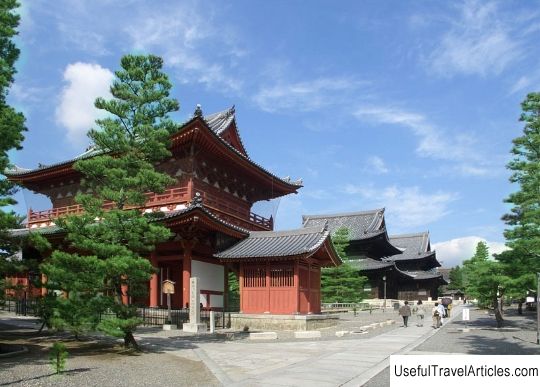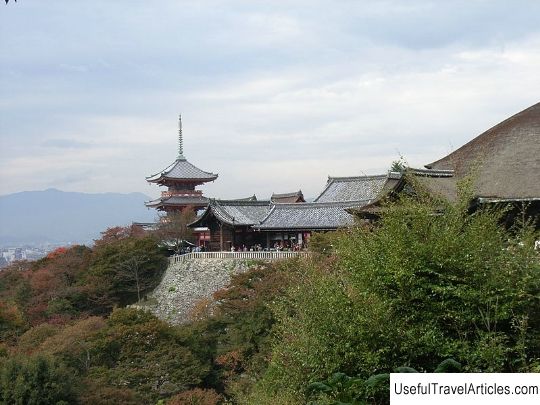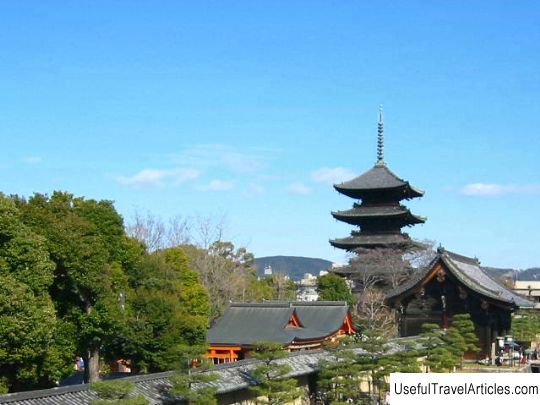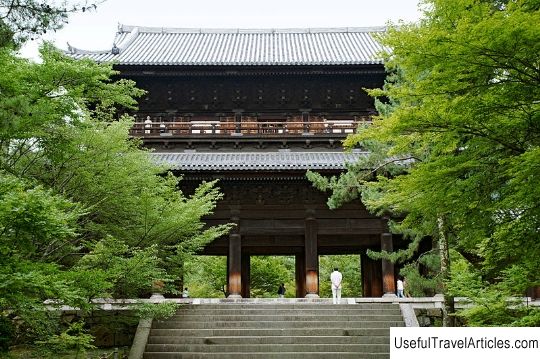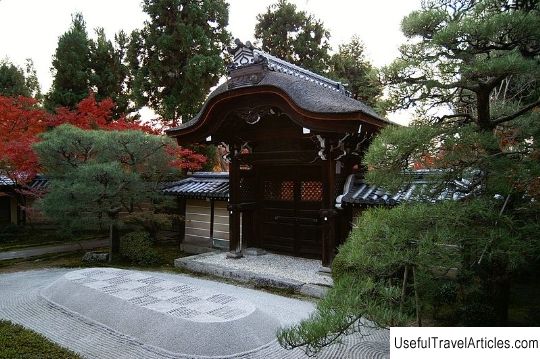Tofuku-ji temple complex description and photos - Japan: Kyoto
Rating: 8,4/10 (689 votes) 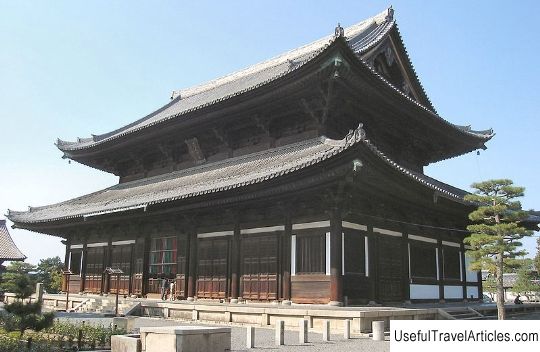
Tofuku-ji temple complex description and photos - Japan: Kyoto. Detailed information about the attraction. Description, photographs and a map showing the nearest significant objects. The title in English is Tofuku-ji. Photo and descriptionThe Tofuku-ji temple complex, founded in the 13th century, has survived to this day in the form it became after the reconstruction in 1890, and its famous gardens - in what they were recreated by the master of landscape art Miray Shigemori in 1939. The monastery is located in the southeast of Kyoto. The temple, which became the basis of the entire complex, was founded in 1236 by the monk Annie by order of a major politician of the Kamakura era, Kujo Michie. The Buddhist monk belonged to the Rinzai school and studied in China. On his return to Japan, he founded a temple, the name of which is derived from a combination of the names of two temples in the city of Nara - Todai-ji and Kofuku-ji. Previously, the monastery had more than fifty churches, now - only 24. The gates of the Sammon temple are considered the oldest among the gates of Japanese Zen Buddhist temples and have the status of a national treasure. Their height is 22 meters, and the triple structure symbolizes liberation from desires and ordinary thinking through the introduction to Zen. The temple is also listed as a UNESCO World Heritage Site. There are several gardens on the territory of the monastery, the most famous of which are the North, South, West and East, as well as the Hojo Garden. Each has its own concept and is interesting in its own way. The area of the Northern Garden resembles a chessboard, on which squares of moss alternate with stone tiles. South and East are rock gardens. The first contains four groups of stones on a gravel site. The arrangement of stones in the second repeats the pattern of stars in the constellation Ursa Major. For the Eastern Garden, stones were used that were at the base of the foundations of the temple buildings. In the Western Garden there are azaleas, shrubs, bonsai, which are interspersed with islets of moss. In the garden, located near the building for the temple attendants (Hojo), areas decorated with rubble and moss alternate with azalea bushes, which are given the shape of parallelepipeds. The temple attracts many visitors in the fall, when the maple leaves turn red, and the monastery becomes one of the most picturesque places in Kyoto.         We also recommend reading Theater District description and photos - USA: New York Topic: Tofuku-ji temple complex description and photos - Japan: Kyoto. |
